Now Is the Time for Risk-Taking & Experimentation
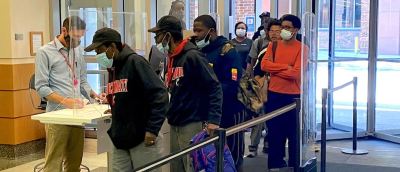
By Beth Yoke, Chief Strategy Officer, Cincinnati & Hamilton County Public Library
Winston Churchill is credited with saying “never let a good crisis go to waste,” which has relevance now more than ever. While the pandemic has created many challenges for us, it also provides an opportunity for us to improve, innovate and shed processes and mindsets that no longer work for the communities we serve. A recent Forbes article succinctly explains why this is so. In Chuck Swoboda’s article, “The Coronavirus Crisis Is Creating Problems, But It’s also Creating Enormous Opportunities,” Swoboda explains that under normal circumstances, the fear of failure almost always overrules the argument for change, which leads to a low tolerance for taking risk. He goes on to say that “in a crisis, the dynamic shifts dramatically – the real risk becomes doing nothing. When the status quo breaks down, there is almost no downside to taking a chance, and you’re better off trying something new.”
In his April 30 piece, “The New Normal Agenda for Librarianship,” R. David Lankes brought this line of thinking to the library world when he called on library staff to rethink what libraries can and should be, emphasizing that doing more of the same, or doing the same in a different way, is not the wholesale change that needs to happen in order for us to effectively serve our changing communities. In a similar vein, School Library Journal launched an effort to rethink youth services through a series of conversation and design thinking exercises led by Linda Braun and Mega Subramaniam.
Experimenting to Support Student Success
The stage is set for us to try new things, take risks, fail and learn from that risk-taking and failure. One way that the Cincinnati & Hamilton County Public Library is experimenting during this time is with trying to figure out how best to serve students in a learning environment that is a mix of in-person and remote learning. Based on conversations with community partners serving youth, anecdotal conversations with youth and parents, as well as an educator survey, we are currently trying out three approaches to see what may have the most potential for expansion.
Student-Only Hours
Given that our library locations are open, but with reduced occupancy limits, staff were concerned about demand for computers. The worry was that students who need to work on school assignments might be competing with adults who also need to use a computer. To address this concern, a few branches are experimenting with “Student-Only Hours” in the evening, beginning with one day a week, and then adding on other evenings if the demand is there. We have been operating under modified hours during the pandemic — from 10 a.m. to 6 p.m. Data shows a clear drop-off in customer visits beginning at about 4 p.m., with an even more significant drop beginning at 5 p.m. So, student-only hours in the evenings could be helpful to students, but this offering must be implemented in a way that doesn’t negatively impact adult library use.
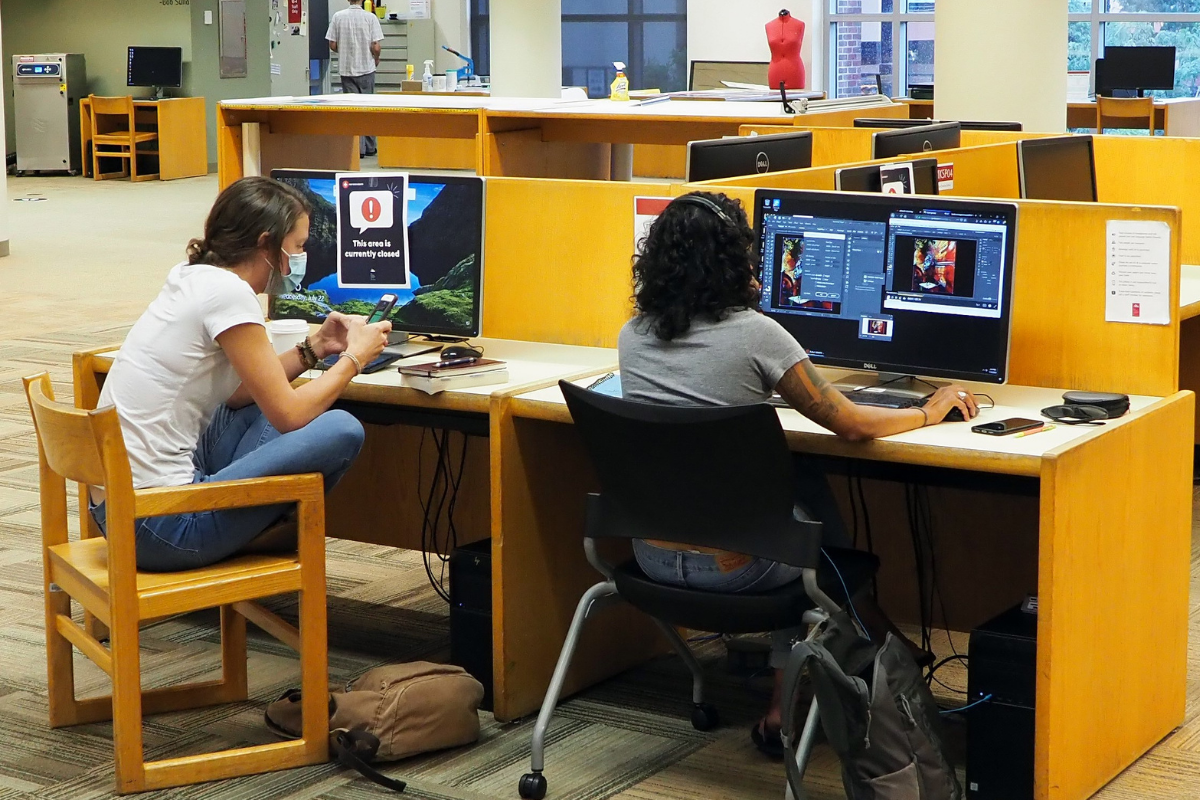
Repurposing Space
Currently, only the first floor of our Main Library is open to customers. Expecting an increase in demand once students go back to school, we re-purposed some of our second floor as a designated area for students who may need access to a device, Wi-Fi or assistance with homework assignments or troubleshooting technology. The current thinking is for students to sign up in advance for a two-hour block of time, but that we would also welcome drop-ins if we were not at capacity. Knowing from community partners that most other youth-serving organizations are focused on students in pre-K through 6th grade, so we decided to promote this as a space for students in grades 7 through 12. We hope this will help alleviate the problem that so many families are dealing with where multiple family members are trying to work and learn under one roof, often in cramped quarters and facing bandwidth challenges. For whatever reason, this particular pilot effort was the one that caught the media’s attention. Here’s one example where our Director, Paula Brehm-Heeger, was interviewed about it.
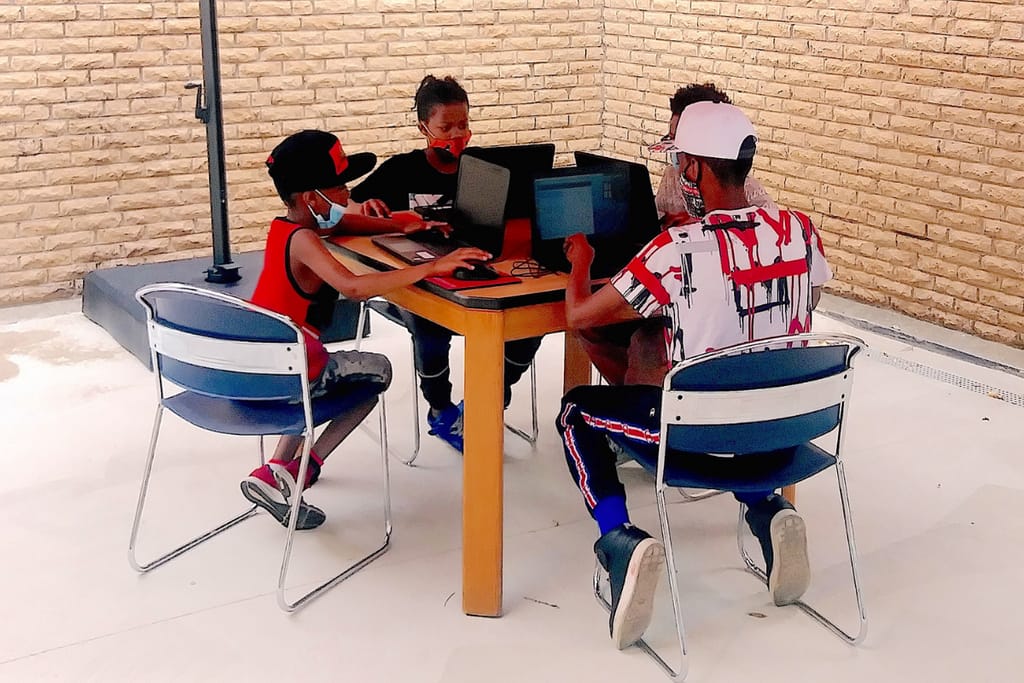
Adapting an Existing Program for a Pandemic
In years past, about half of our locations offered in-person homework help facilitated by homework help aides hired specifically for this purpose. Given the need for enhanced health safety measures now, we plan to pilot this traditional program at three locations, but in a modified way to accommodate physical distancing and other safety protocols. Homework help aides will experiment with tools to promote physical distancing, like screensharing software and laser pointers, while also figuring out how best to configure spaces with plexiglass and other equipment that promote safety.
Learning as We Go
The first few weeks of school will teach us much about the needs and wants of the students in our community. It is possible that some, all or none of these approaches will succeed. We hope to be flexible enough to adapt quickly, as we learn from students in real time what their needs are. We have carried out some steps that we think will minimize our risk but that also will allow us to adapt and adjust quickly. These efforts include:
- Learning as much as possible beforehand about community needs
- Investing adequate but not significant resources
- Starting small, so we can scale up or down
- Putting a data collection plan in place to measure use and impact, which will inform decision-making
- Empowering front line staff who will implement the project by:
- Engaging them in the planning process to build buy-in and ensure the project’s approach is realistic and achievable
- Establishing a two-way communication channel with staff who are implementing this effort to learn in real time what is happening and how customers are responding
- Enabling frontline staff to make informed decisions in the moment, because there is no way we can anticipate every possible outcome
We look forward to this trial and error process, knowing that we must continue experimenting to find ways to better serve the community. This is so vital, because they need us now more than ever.
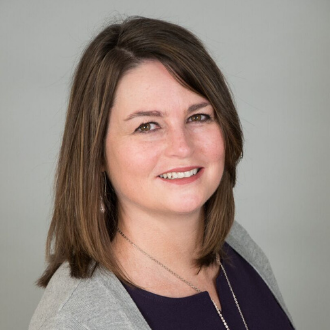
Beth Yoke
Chief Strategy Officer, Cincinnati & Hamilton County Public Library
Beth Yoke has served as chief strategy officer for Cincinnati & Hamilton County Public Library for the past two years. Prior to that, she served as executive director of the Young Adult Library Services Association. Beth has also worked as a university and high school librarian as well as an elementary school teacher. Beth is currently a member of ULC's Partnering with Schools action team, one of six member-led teams spearheading ULC's Going Forward from the Pandemic Initiative.
Related Articles
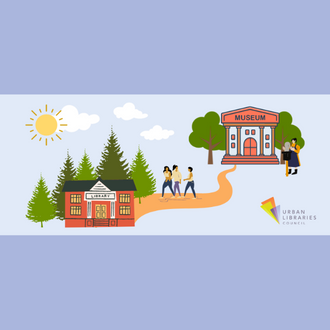
Maximizing Community Services with Library/Museum Partnerships
Urban Libraries Council
Learn how museums and libraries can collaborate to enhance community services, improve social wellbeing and provide hands-on learning opportunities.
Learn More
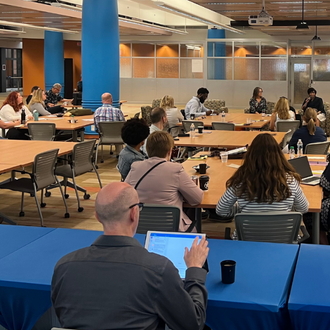
Library Partnerships in a Post-COVID World
Urban Libraries Council
Library leaders from 19 ULC member libraries across North America convened in Cleveland, Ohio to share and discuss how public libraries can continuously enhance their role as valuable partners and leaders within the community.
